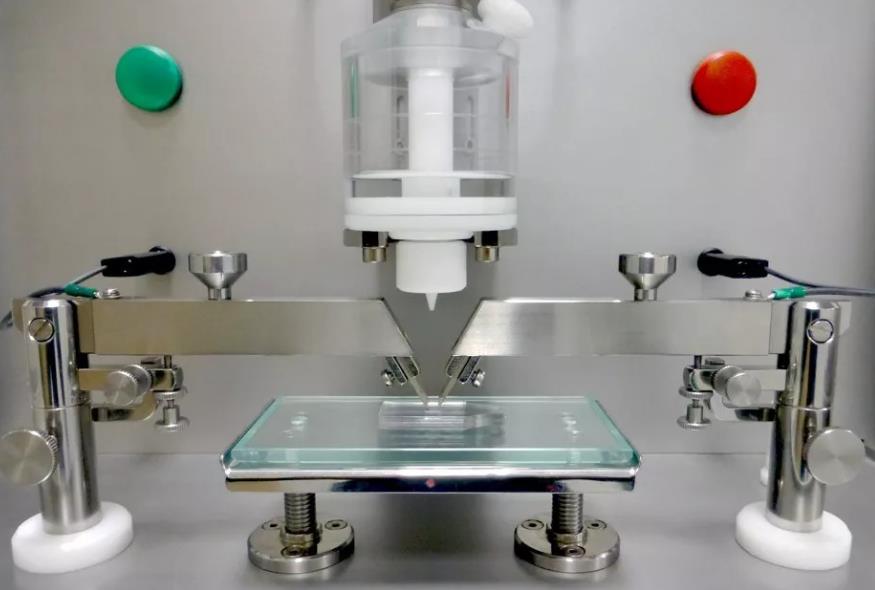PCB CTI value, CTI grade comparison
The tracking resistance of PCB copper-clad laminates is usually expressed by the Comparative Tracking Index (CTI). Among the many properties of copper-clad laminates (copper-clad laminates for short), tracking resistance, as an important safety and reliability index, has been increasingly valued by PCB circuit board designers and circuit board manufacturers.
The CTI value is tested in accordance with the IEC-112 standard method test Method for Comparative Tracking Index of Substrates, Printed Wiring Boards and Printed Circuit Board Assemblies, which means that the surface of the substrate can withstand 50 drops of 0.1% chlorine The highest voltage value (V) at which an aqueous solution of ammonium chloride does not form a trace of electrical leakage.

CTI testing
According to the CTI level of insulating materials, UL and IEC divide them into 6 grades and 4 grades respectively. See Table
1. CTI≥600 is the highest grade. Copper-clad laminates (PCB circuit boards) with low CTI values, and long-term use in harsh environments such as high pressure, high temperature, humidity, and pollution, are prone to leakage tracking. Generally, the CTI of ordinary paper-based copper-clad laminates (XPC, FR-1, etc.) is ≤150, and the CTI of ordinary composite-based copper-clad laminates (CEM-1, CEM-3) and ordinary glass fiber cloth-based copper clad laminates (FR-4) It ranges from 175 to 225, which can not meet the higher safety requirements of electronic and electrical products. In the IEC-950 standard, the relationship between the CTI of the copper-clad laminate and the working voltage of the printed circuit board and the minimum wire spacing (the minimum leakage distance Minimum CreepageDistance) are also stipulated.
2. The high CTI copper clad laminate is not only suitable for high It is also very suitable for high-density printed circuit boards to be used in pollution and high-voltage occasions. Compared with ordinary copper-clad laminates with high resistance to leakage and tracking, the line spacing of printed circuit boards made with the former can be allowed to be smaller.
Tracking: The process of gradually forming a conductive path on the surface of the solid insulating material under the combined action of the electric field and the electrolyte.
Comparative Tracking Index (CTI): The highest voltage value at which the surface of the material can withstand 50 drops of electrolyte (0.1% ammonium chloride aqueous solution) without forming a trace of leakage, and the unit is V.
ProofTracking Index (PTI): The withstand voltage value at which the surface of the material can withstand 50 drops of electrolyte without forming a trace of leakage, expressed in V.
Increasing the CTI of the sheet material mainly starts with the resin, and minimizes the genes that are easy to carbonize and easy to be thermally decomposed in the resin molecular structure.